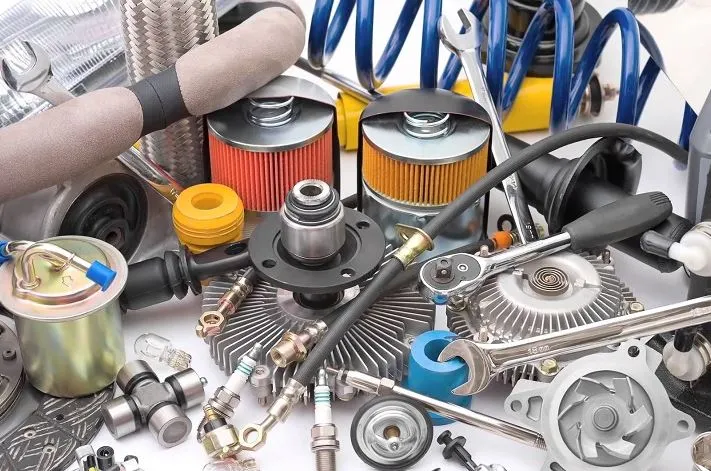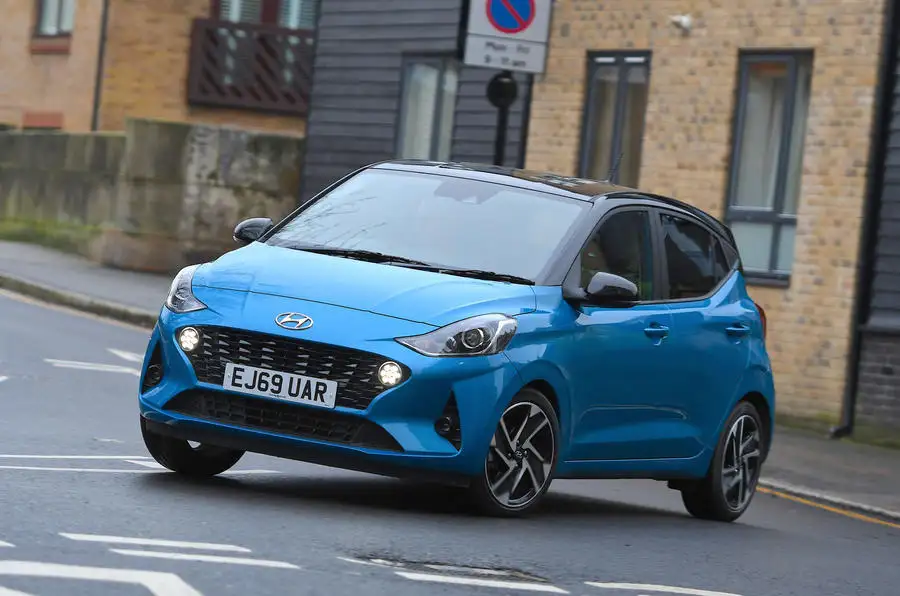Autonomous cars could help decrease car crashes and save lives and costs associated with healthcare services, improve traffic conditions by eliminating bumper-to-bumper traffic jams, and help save on fuel.
Self-driving cars face many hurdles before becoming mainstream. Let’s discuss some of them now:
1. Safety
Though experts still consider self-driving cars not ready for mass production, their technology is progressing quickly. Some manufacturers have begun offering autonomous features such as rearview video cameras, lane centering technology and adaptive cruise control to facilitate mass production of autonomous cars.
Self-driving cars are widely expected to be safer than their human counterparts, eliminating crashes that result in thousands of fatalities each year and decreasing injuries significantly. It’s critical that industry sets realistic expectations regarding this emerging technology so as to prevent false safety claims being made about this groundbreaking innovation.
Ohio University recently released a report that projected autonomous cars will significantly reduce harmful emissions when they reach Level 4 autonomy. When connected wirelessly to one another and traffic infrastructure, autonomous cars will be able to travel more efficiently while eliminating congestion that leads to accidents; they’ll also optimize acceleration and braking to increase fuel savings (read more here).
2. Convenience
Autonomous cars rely on a complex network of sensors such as radar systems, video cameras, lidar (light detection and ranging) technology and GPS that together form an in-depth map of their environment and are processed by an artificial intelligence (AI) system to make instantaneous decisions that control acceleration, braking, steering and navigation.
Self-driving cars can work together with other vehicles to prevent traffic jams and road accidents by adapting its speed to match traffic flows, saving fuel consumption while decreasing harmful emissions – contributing to better air quality and human health in turn.
Self-driving cars can be scheduled to pick up and drop off passengers without the need for a driver, giving those unable to drive due to physical or mental reasons access to transportation options, making their lives more convenient. Automation could potentially eliminate jobs in transportation; however, Goldman Sachs estimates it will still leave hundreds of thousands of trucking, public transit, and delivery services workers unemployed.
3. Environmental Impact
EPA will continue to keep an eye on self-driving car development, and how these cars affect people’s transportation choices as well as our environment.
Current technology for autonomous vehicles is expensive and will likely only be available to specific niche markets such as airports. Businesses and areas with high traffic volumes could see self-driving cars make their debut first.
Autonomous vehicles will need advanced software in order to navigate complex road conditions effectively and reduce energy use. Their capability of automatically adapting driving, weather and road conditions will allow them to function more efficiently while cutting back on energy consumption.
Automated vehicles will also have the advantage of maintaining consistent speeds and accurately calculating acceleration and deceleration points, leading to improved fuel economy and decreased emissions. They could travel in platoons for reduced air resistance and further improving their fuel efficiency, and their safety over humans allows them to avoid dangerous maneuvers such as distracted or impaired driving.
4. Economic Impact
Even amid such reservations, many automotive and technology companies are banking on self-driving cars to transform transportation in ways no other technology could. Self-driving cars could reduce both car usage on roads and demand for drivers while freeing up space for parks and greenery to rejuvenate urban centers.
Technology will also optimize traffic flow, eliminating waves of congestion caused by human drivers constantly stopping, starting, and changing speeds. According to a Rand report, this will save billions in fuel and energy costs as well as reduce harmful emissions.
Autonomous cars will detect obstacles and potential hazards more quickly than humans, meaning fewer people are injured during crashes and thus decreasing the need for highway police, ambulance services and emergency response teams.
Autonomous cars will help address the last mile problem – that last stretch from home to public transit – making commutes more efficient, and giving those with disabilities who cannot drive the opportunity to remain independent members of society.




